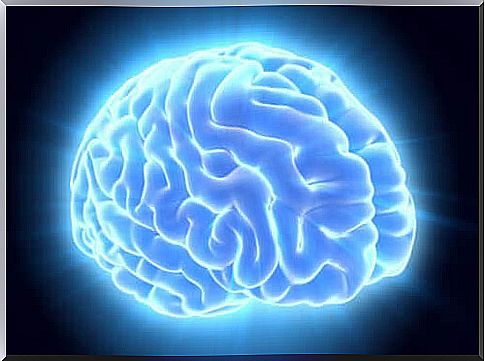Do You Know The Effects Of Fear On The Brain?

We give the name of fear to the feeling of anguish we feel in case of danger or threat, real or imagined. In the brain, fear is the result of activating an adaptive alarm system in the face of danger. This leads to physiological, behavioral and cognitive changes that help us survive.
In the field of neuroscience, fear has been linked to a brain structure: the amygdala. This is located in the limbic system and plays a fundamental role in finding and detecting danger signals, in addition to being involved in other emotions. The amygdala is usually inactive but kicks in when the slightest threat occurs.
However, more recently it has been discovered that other structures and networks are involved in fear; together, they prepare our bodies to face a threat. In fact, a recent meta-analysis found that the amygdala is not the most important structure when it comes to fear.

Learning to fear
Even though fear occurs naturally, a large part of our fears occur through learning. This is called fear conditioning: it can take place intentionally.
This Pavlovian- like learning occurs when you repeatedly relate a neutral stimulus (eg, a square) to an aversive stimulus (eg, a loud noise).
Thus, the neutral stimulus, which in principle causes no reaction, ends up leading to a conditioned response, such as plugging one’s ears.
Learning to fear can be seen in disorders where the person previously had no negative feelings associated with an event. For example, someone who was able to take public transport but who, after several panic attacks and the feeling of being able to die, can no longer get on a bus.
Brain areas
To put it very simply, fear in the brain activates the following brain areas: the insula, the dorsal anterior cingulate cortex, and the dorsolateral prefrontal cortex:
- The insula: it is found on either side of the brain. This region integrates cognitive and physiological information and is linked to the formulation of predictions about what may happen. It is also responsible for integrating emotions from the amygdala and the senses, giving rise to threat interpretations. Finally, it is linked to aversive conditioning because it anticipates the consequences
- The dorsal anterior cingulate cortex: plays an essential role in fear learning and avoidance behavior, as well as in the subjective experience of anxiety. It acts as a mediator in conflict situations, determining the importance of a stimulus, directing our attention and bringing rationality. The more it activates, the more attentive we are, and the greater the fear
- The prefrontal cortex: the dorsolateral region is linked to the emotional regulation of fear and the expression of physiological responses, and the ventromedial region is used to distinguish threatening stimuli from safe stimuli

Behavioral expression of fear
When we feel fear, our brain reacts quickly and involuntarily. It sets in motion a complex network which allows behavior to be emitted in order to escape this situation.
In other words, the insula makes us start to sweat, our heart rate quickens and prepares us to flee, our legs activate to run. The anterior cingulate cortex would focus attention on the danger. The insula would activate physiological responses to prepare the body for flight. And the prefrontal cortex would set up cognitive situations to deal with danger (choosing between asking for help or running, for example). Ultimately, the brain is involved in survival.
However, if the flight behavior or thoughts become excessive, a pattern of disadaptive behavior can occur. For example, we can end up no longer leaving our home.
In these cases, the insula interprets a stimulus that shouldn’t be threatening, or the cingulate cortex causes us to focus on neutral stimuli. Under the influence of the prefrontal cortex, we tend to flee or avoid a stimulus that is not threatening. In fact, one anticipates evil in a harmless situation, and the fear becomes pathological.










